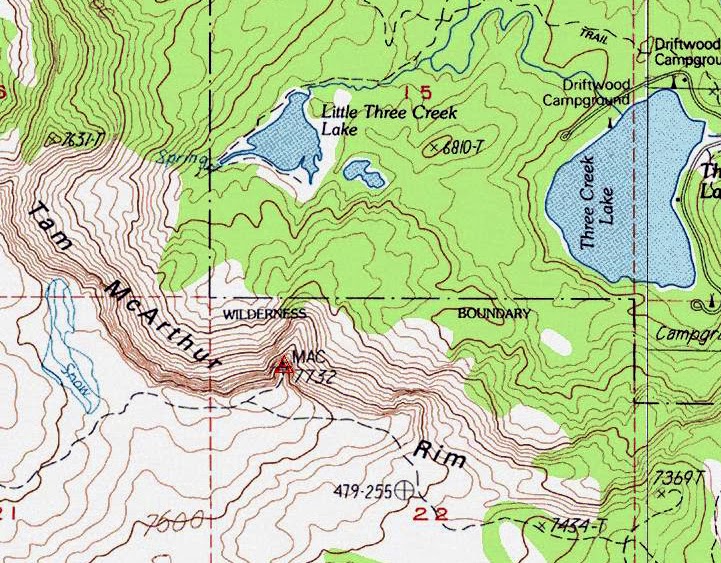You're hiking off trail with out a GPS. The weather changes and now visibility is reduced. How do you navigate back to the trail head?
It’s time to return to base camp. Navigation during this trip has been by map and compass alone; no GPS. During the three days of the outing, navigation has been straightforward and simple. Visibility has been excellent and compass triangulation worked well. Now as the return trip is about to begin, fog has rolled in masking terrain features. The absence of a reliable trail system will make the return trip challenging too; travel will be overland.
A process called Dead Reckoning (DR) can be used to navigate and partially compensate for the loss of terrain features and important visual cues. DR is a method to determine one’s estimated present and future position. Dead Reckoning can be done during periods of darkness, bad weather, in featureless terrain (e.g., the desert, whiteout conditions) or equipment failure (e.g., dead GPS batteries.)
DR is a method of navigation dating back hundreds of years. It works well on both land and sea. It is nothing more than moving in a set direction of travel over a specified distance. By looking at a map, the hiker determines a direction of travel and attainable distance. As illustrated in Figure 1 below, travel is plotted on a map; frequent verification is important.
To read the rest of the article go here.








